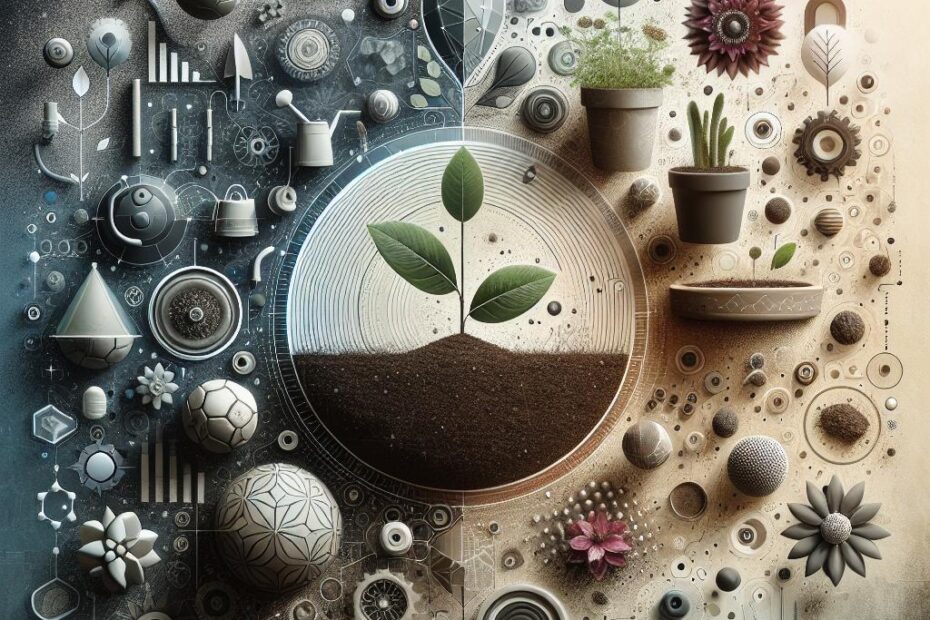Title: Difference Between Potting Soil and Garden Soil: A Comprehensive Guide
Introduction:
When it comes to gardening, choosing the right type of soil is crucial for the health and growth of your plants. Two common options are potting soil and garden soil, but many people may not fully understand the differences between the two. In this article, we will explore the variations between potting soil and garden soil, their respective uses, and tips for selecting the best option for your gardening needs.
Potting Soil vs. Garden Soil:
Potting Soil:
Potting soil is a specially formulated blend of materials designed to promote optimal growth for plants in containers, such as pots and planters. It is lightweight, well-draining, and typically sterile to minimize the risk of pests and diseases.
Potting soil is specifically engineered to provide the necessary nutrients and aeration that potted plants require. It often contains ingredients such as peat moss, perlite, vermiculite, and compost. These components help promote healthy root growth and prevent soil compaction in containers.
Garden Soil:
Garden soil, on the other hand, refers to the naturally occurring soil found in your garden or yard. It is denser and heavier than potting soil, as it is meant to support plants in the ground rather than in containers. Garden soil typically contains a mixture of sand, silt, clay, and organic matter.
Garden soil is less porous than potting soil, which can lead to drainage issues if not properly amended. It may also contain a broader range of microorganisms, which can be beneficial or harmful to plants depending on the conditions.
Key Differences:
- Potting soil is lightweight and well-draining, while garden soil is heavier and less porous.
- Potting soil is sterile to prevent pests and diseases, whereas garden soil contains a wider array of microorganisms.
- Potting soil is specifically formulated for container plants, while garden soil is meant for plants in the ground.
- Potting soil often contains ingredients like peat moss and perlite, whereas garden soil is a mix of sand, silt, and clay.
Benefits and Practical Tips:
When choosing between potting soil and garden soil, consider the following factors:
- Container type: If you are planting in containers, opt for potting soil for better drainage and aeration.
- Plant type: Certain plants may require specific soil conditions, so choose accordingly.
- Nutrient needs: Potting soil typically contains added nutrients to support container plants, while garden soil may need supplementation.
- Watering frequency: Potting soil dries out faster than garden soil, so adjust your watering schedule accordingly.
Case Study:
Plant A: A fern planted in a pot with potting soil.
Plant B: A fern planted directly in garden soil in a shaded area of the yard.
Observations:
- Plant A thrives in the potting soil, with lush foliage and healthy growth.
- Plant B struggles in the garden soil, showing signs of stress and yellowing leaves.
Conclusion:
In summary, the choice between potting soil and garden soil depends on the specific needs of your plants and the growing conditions. Potting soil is ideal for container gardens, providing the necessary nutrients and drainage for healthy growth. Garden soil is best suited for in-ground planting, but may require amendments for optimal plant health. By understanding the differences between the two types of soil and selecting the right option for your gardening needs, you can set your plants up for success.
